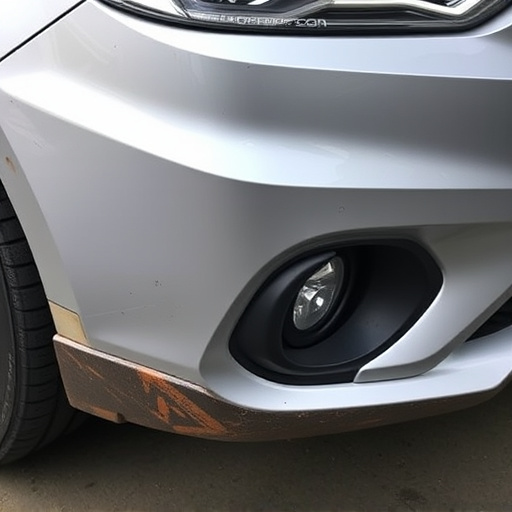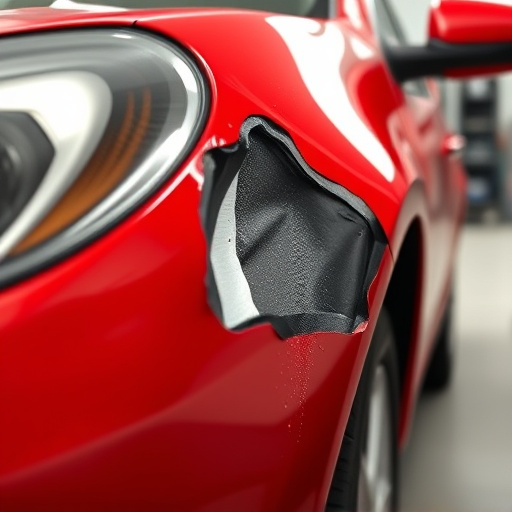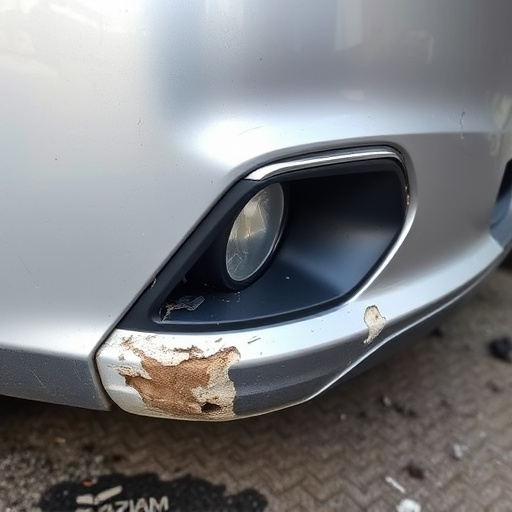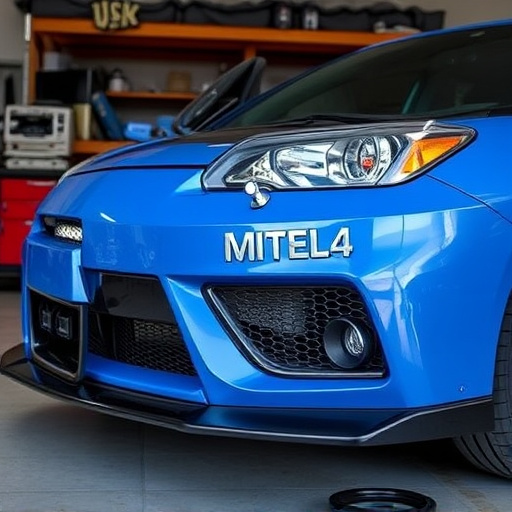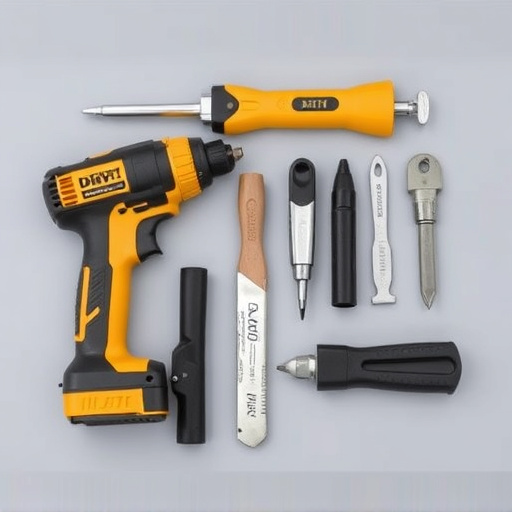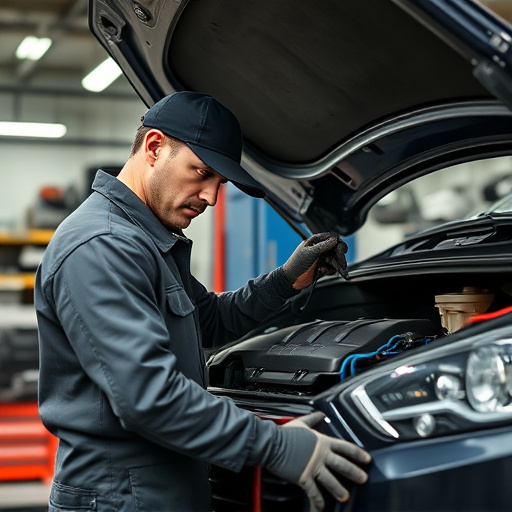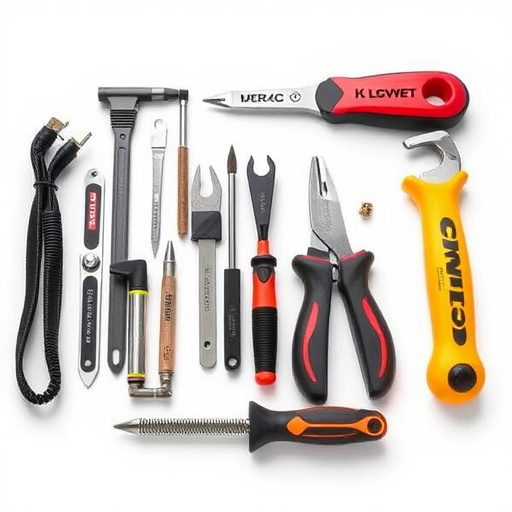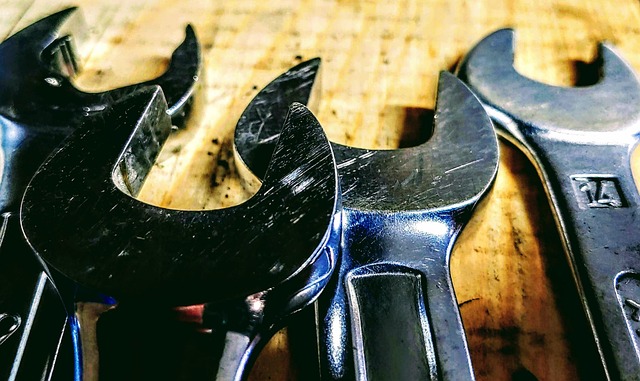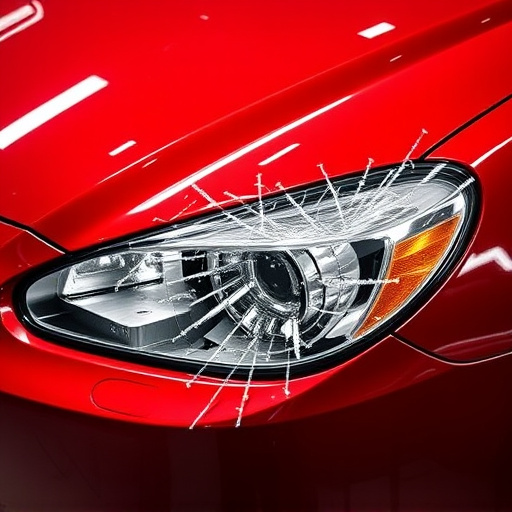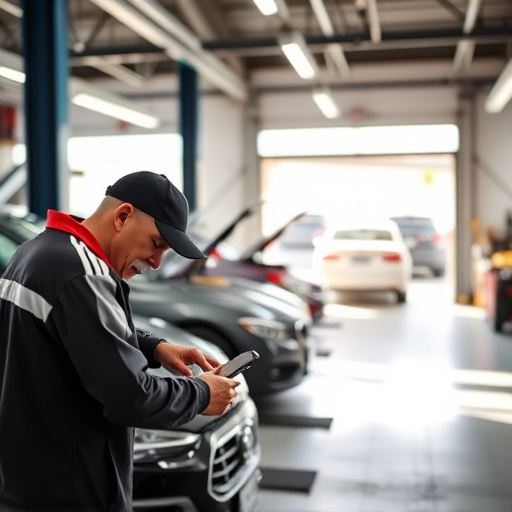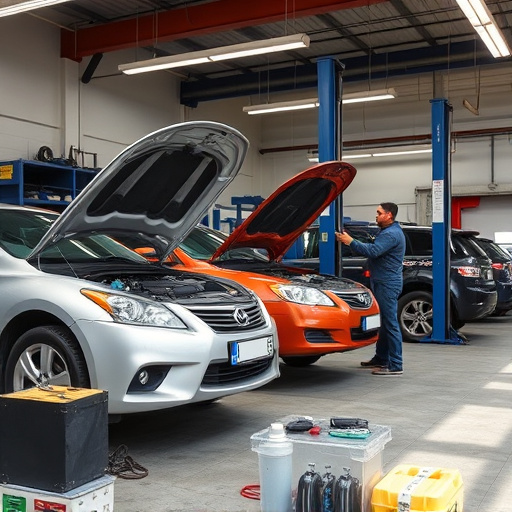Leveraging online reviews, industry forums, and surveys post-service, collision repair shops can gather insights to improve customer service. Analyzing feedback identifies strengths and weaknesses, trends in desired services, and areas for improvement. Transforming feedback into actionable strategies enhances satisfaction, builds loyalty, and promotes tailored solutions in a competitive market.
In today’s competitive market, exceptional collision repair customer service is paramount. While gathering feedback from satisfied and dissatisfied customers can seem daunting, it’s a game-changer for improving service delivery. This article explores effective strategies for gathering customer insights, analyzing them to pinpoint areas of improvement, and transforming that feedback into enhanced satisfaction post-repair. By leveraging customer input, collision repair centers can elevate their service, fostering loyalty and positive word-of-mouth in the process.
- Gathering Feedback: Effective Strategies for Collision Repair
- Analyzing Insights: Uncovering Areas for Service Improvement
- Transforming Feedback: Enhancing Customer Satisfaction Post-Repair
Gathering Feedback: Effective Strategies for Collision Repair

Collision repair customer service can be significantly enhanced by actively gathering and utilizing feedback from clients. In today’s digital age, there are numerous strategies that automotive body shops and collision repair shops can employ to effectively collect insights from customers. Online review platforms, such as Google, Yelp, and industry-specific forums, provide a wealth of information about the services provided. Encouraging satisfied customers to leave positive reviews not only boosts the shop’s reputation but also offers valuable data on what is working well in terms of collision repair customer service.
Additionally, surveys, both digital and paper-based, can be distributed post-service to gather detailed feedback from clients. These tools allow for a more nuanced understanding of customer experiences, including areas that need improvement in the car collision repair process. By analyzing this data, collision repair shops can make informed decisions to refine their services, ensuring they meet and exceed customer expectations. This proactive approach not only enhances overall collision repair customer service but also fosters client loyalty and encourages repeat business for automotive body shop services.
Analyzing Insights: Uncovering Areas for Service Improvement

Collision repair customer service can be significantly enhanced by delving into the insights gathered from client feedback. By analyzing reviews and suggestions, businesses can uncover areas where they excel and aspects that demand improvement. This process involves breaking down feedback into specific categories such as timeliness, communication, and quality of work. For instance, positive comments about efficient scheduling and negative remarks about long wait times highlight a clear area for enhancement in managing customer appointments.
Moreover, customer feedback provides valuable insights into the types of services most sought after. This could point towards a growing demand for specialized services like paintless dent repair or car scratch repair, prompting shops to invest in training and equipment for automotive body work. Incorporating these preferences can lead to better tailored collision repair solutions, thereby increasing customer satisfaction and loyalty.
Transforming Feedback: Enhancing Customer Satisfaction Post-Repair
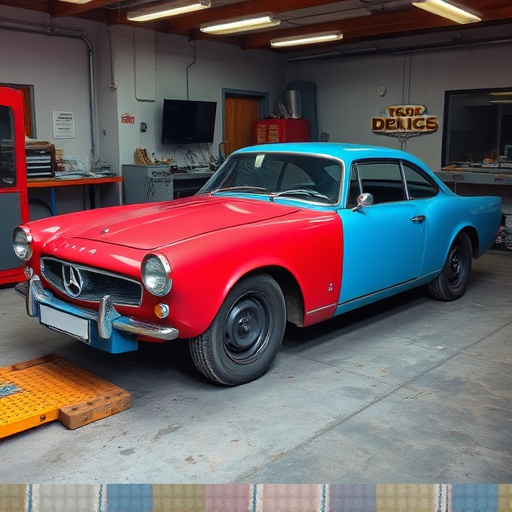
Transforming customer feedback into actionable insights is a powerful way to elevate collision repair customer service. Every comment, whether positive or constructive, offers a glimpse into areas for improvement and an opportunity to enhance client experiences post-repair. By analyzing feedback, repair shops can identify recurring themes in customer dissatisfaction—such as prolonged wait times, communication gaps, or concerns about the quality of work—and implement targeted strategies to address these issues.
For instance, positive feedback on efficient communication channels could prompt the adoption of more user-friendly digital systems for updating clients on their vehicle’s progress. Conversely, negative comments about auto glass repair or vehicle dent repair might highlight training needs or the need for specialized equipment upgrades, ensuring that repairs are not only efficient but also meet high standards. This proactive approach to integrating feedback fosters a culture of continuous improvement, ultimately bolstering customer satisfaction and loyalty in the competitive automotive repair market.
By effectively gathering and analyzing customer feedback, collision repair businesses can significantly enhance their services. Implementing these strategies not only improves customer satisfaction but also fosters trust and loyalty. Transforming feedback into actionable insights enables shops to continually refine their processes, ensuring a superior collision repair experience that meets and exceeds client expectations in the competitive automotive industry.

